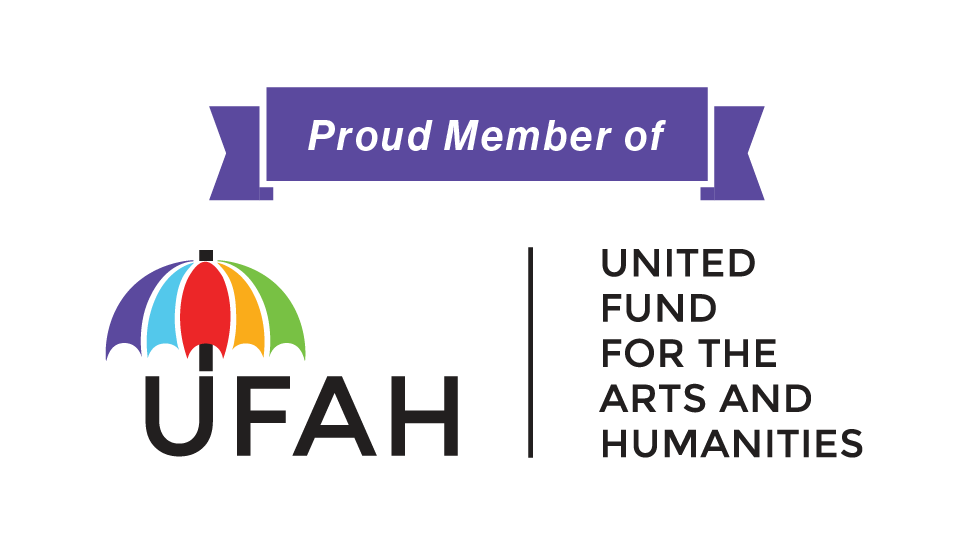Hmong Story Cloths are embroidered textiles that depict Hmong history, culture, and life experiences through artistic representations. After fleeing Laos, thousands of Hmong were crammed into Thai refugee camps with few opportunities for meaningful employment. Inside the camps, without access to land, traditional agricultural skills became impractical.
To earn income, Hmong women began making Story Cloths to sell to Western aid workers. What started as a response to economic hardship soon developed into an intricate art form, illustrating stories of war, migration, and daily life. As the craft evolved, men contributed by creating detailed drawings for women to embroider. Over time, the designs became more elaborate and colorful, influenced by Western demand and aesthetics.
Today, Story Cloths serve as an integral form of visual storytelling, valued as art, cultural records, and teaching tools in Hmong communities, museums, and historical institutions. They remain a powerful medium for preserving history and tradition, blending art, memory, individual artistry, and interpretation.
The creation of a Story Cloth begins by selecting a piece of fabric, typically a cotton blend, often a medium blue or light gray hue. Outlined images are drawn on the surface of the fabric to convey a specific story. Satin stitches of vibrant, multi-colored threads are used to bring these images to life.
The finished piece is often framed with a fabric border, which is pieced together using reverse appliqué and hand-stitched. A popular design element within the border consists of a series of triangles, symbolic of the protective highlands of Laos.
Text by Dr. Vincent Her and Yia Vue


